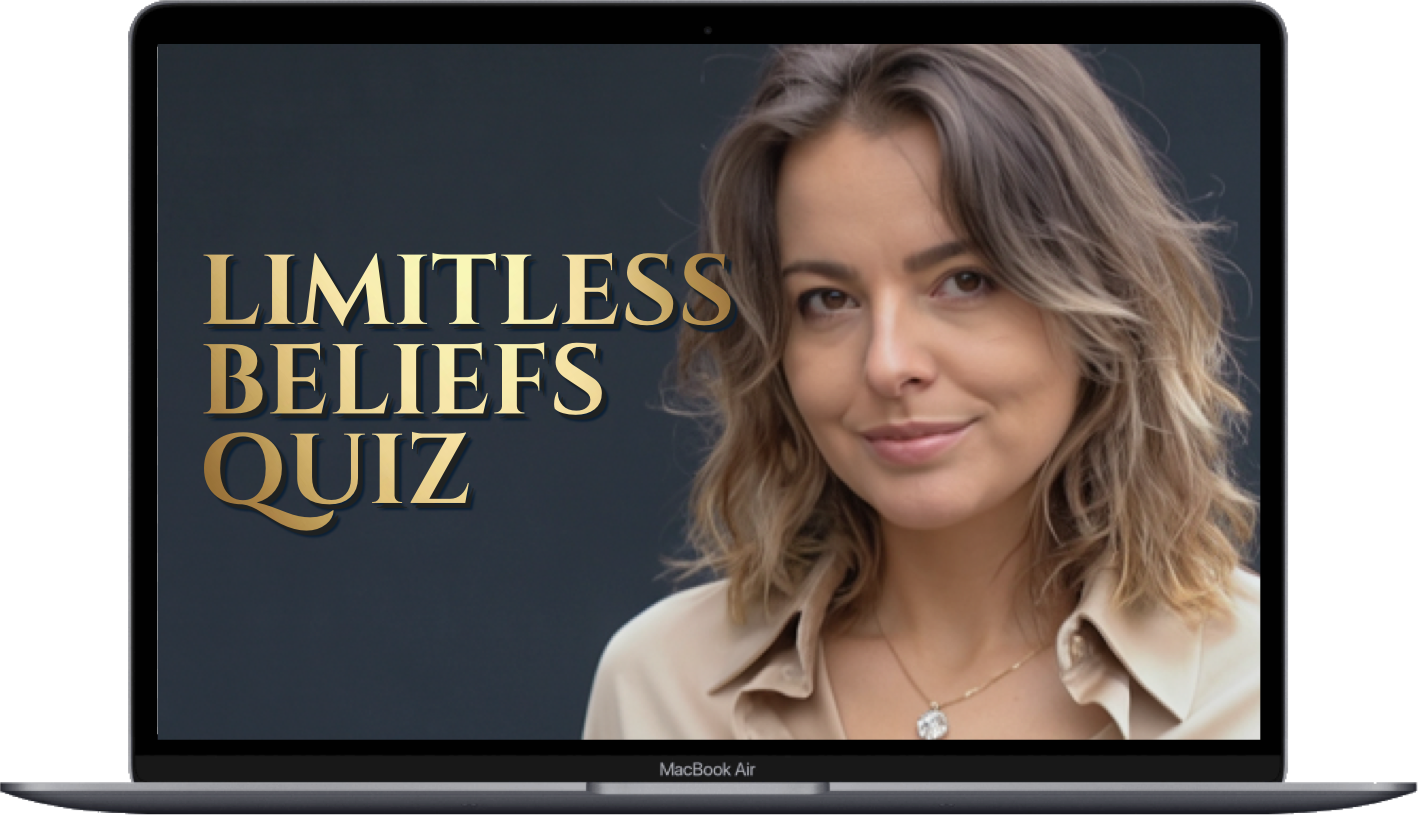Over the past month, I engaged in scheduled therapy sessions. This wasn’t just about recent events. The therapist I worked with specializes in early childhood trauma, and from the beginning, her insights helped surface patterns I had long suspected but never quite understood. It became clear that what I was facing wasn’t just situational stress—it was the activation of a survival mechanism built in childhood.
What stood out most wasn’t just the emotional release. It was the clarity. I began to see, almost with clinical precision, how my early environment shaped certain internal postures—particularly around safety, identity, and connection.
One emerging theme was fusion trauma—a psychological pattern that can develop when a caregiver lacks boundaries or support and uses the child as an emotional buffer from their own difficulties. In such cases, the child often grows up without a full sense of separateness. Love and survival become entangled. As a result, in adult life, the subconscious reaches for similar structures. Relationships, especially with figures of authority or intimacy, can become surrogates for that early, unmet need.
In my own life, this pattern had shown up quietly but consistently—especially in professional contexts. When I examined it more closely, I saw how much weight I unconsciously gave to the approval, attention, or emotional cues of a manager or leader figure. Their reaction could destabilize or restore my inner balance, far beyond what the situation warranted. This wasn’t about ambition. It was about safety. About belonging. About the echo of a child seeking protection.
And yet, despite the heaviness of these insights, something unexpected emerged: a quiet inner clarity. Perhaps because of a strong analytical mindset—or maybe just years of mindfulness practice—I could witness the trauma without being consumed by it. I could observe the mechanics of it with a kind of compassionate objectivity. Not with detachment, but with dignity.
That witnessing part—the wise observer within—became my anchor. And I believe it’s available to all of us. Call it awareness, consciousness, soul, or simply the adult self. It’s the part of us that is capable of seeing clearly even when we’re in pain. It doesn’t override our trauma, but it helps us integrate it.
I recognized the pattern. And that recognition alone allows for new choices—small shifts in how I respond, what I internalize, and what I release.
What emerged from this realization, was more than insight. There’s a real, embodied desire to care for myself in a new way. To protect and nurture that part of me that still seeks security—but without outsourcing my safety to others.
I’ve started taking more grounded actions: stepping into new projects, revisiting creative work I once feared, and investing in my health. The idea of continuing therapy feels not just helpful, but aligned. And mindfulness—the practice of observing without judgment—is becoming not just a technique, but a way of relating to myself.
The desire to simplify and live with intention is a powerful shift. As you continue on your journey, you may begin to notice how the fog of uncertainty slowly transforms into clarity, and how your scattered thoughts start to take shape into purposeful intention.
What this experience teaches us is that awareness doesn’t erase trauma, but it does provide a pathway through it. With understanding, gentleness, and the power to act, awareness becomes a tool that helps us navigate life’s challenges.
The key takeaway is that healing is an ongoing process—one that doesn’t require perfection but a willingness to understand, grow, and evolve. As you move forward, remember that awareness is your ally. It empowers you to transform, make deliberate choices, and create a life aligned with your truest intentions.



